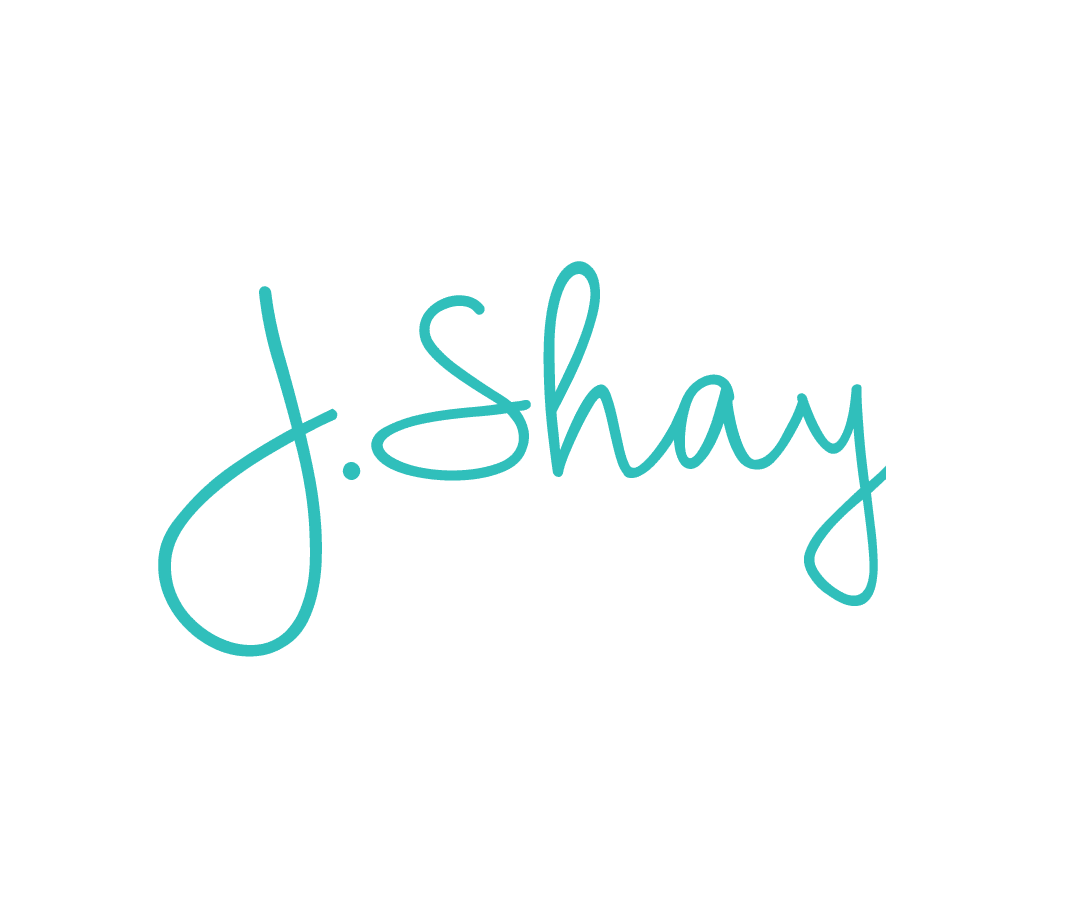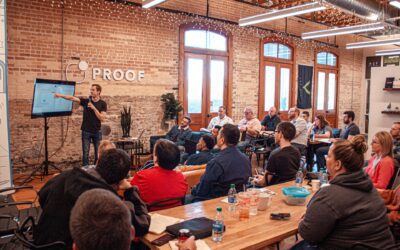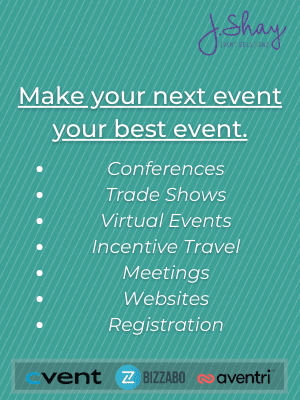Conferences and other corporate events are only successful if the attendees have been engaged and inspired. While the greater agenda of your event will be informative and educational, it is the breakout sessions that allow for a more intimate experience and provide one-on-one interaction between speakers and attendees.
Benefits of Breakout Sessions
During a typical program agenda, a series of presentations are given that require the attendees to be passive audience members. Admittedly, it’s an effective format for sharing insights and information, but it doesn’t exactly allow attendees to be active participants. That’s where breakout sessions come in.
Here are just some of the benefits of including breakout sessions in your event:
Encourage Engagement
Not every attendee is comfortable standing up and sharing their ideas in a larger setting. Breakout sessions give attendees the opportunity to share ideas, observations, and ask any questions they may have.
Permit Deeper Dives
Breakout sessions help planners to better meet the needs of attendees because they allow deeper dives into specific topic and areas of interest. These sessions can also be organized by skill level (beginner vs advanced) or by position/role (management vs entry-level).
Extend Attention Spans
Thanks to 24/7 digital technology and social media, most people’s attention spans have dwindled. Breakout sessions offer attendees an active break from passive listening, thereby extending their attention span.
Provide Networking Opportunities
People attend events for two primary reasons: to learn and to network. But, as we mentioned, interaction is difficult, if not impossible, during the main agenda. Breakout sessions allow for more intimate interaction between attendees to make those important and mutually beneficial connections.
These are just some of the potential benefits of breakout sessions. We say “potential” because these benefits only come with breakout sessions that are engaging. Whether you’re planning an in-person event or a virtual event, the following are tips will help you develop breakout sessions that are engaging and memorable.
Breakout Sessions Tips for In-Person Events
Choose the Right Space
Intimacy requires a smaller space. Look for a location off the main stage that has enough space for chairs to be arranged easily. This location should be easy for people coming out of the main room to find and have a professional but comfortable atmosphere.
Be Strategic with Timing
It’s important to get timing right. If you schedule your breakout sessions too late in the day, your attendees may already be focused on going home and engagement will definitely suffer. Conversely, scheduling breakout sessions too early may mean fewer people show up. In our experience, midday is usually best.
Also, don’t plan too many breakout sessions, as they can leave your attendees feeling burnt out. Sometimes planning for a simple break is a better option than an entire breakout session.
Create Collaborative Seating Arrangements
Your goal with seating is to foster intimacy and interaction. Theater-style and lecture seating don’t offer much interaction – save that for the main presentations. For breakout sessions, arrange tables in a square or U-shape and keep chairs in a semi-circle. Café tables and hybrid layouts also work well.
Breakout Session Tips for Virtual Events
Keep Groups Small
While creating an intimate feel in person is ideal, it’s essential in a virtual setting. That’s because with virtual breakout sessions, interaction will really be limited to a Q&A and chat. If groups are too large, the presenter will not be able to get through all of the questions. In our experience, groups of 40 people or less are ideal in virtual settings.
Use a Moderator
Moderators are entirely necessary to ensure successful breakout sessions. Not only do moderators help with Q&As – selecting the questions so speakers can focus on giving comprehensive answers – they also help facilitate engagement among attendees.
Introductions are Key!
To encourage engagement among attendees, be sure to start your breakout sessions with introductions. But it’s important to get a little more creative than having everyone say who they are and where they’re from. Instead, consider posing a simple question everyone can answer. For instance, you could ask people to tell you their name and the last Netflix show they binge-watched or what their favorite breakfast food is. These kinds of unique questions get people engaged right off the bat.
Overall Tips for Any Type of Breakout Session
Invite Input from Attendees
If you want to give people what they want, simply ask them what they want. Poll your attendees ahead of time to see what types of experiences they are looking for, then plan your breakout sessions around their specific interests.
Know Your Goal
To select the right type of format for your breakout session, you’ve first got to know what your overall goal is. Do you want to increase engagement? If so, an interactive breakout session will work best. Want to share some statistics and case studies? A presentation-style session may be better. Want to simply provide time for your attendees to unwind? You may want to plan for a straight-up break instead of a breakout session. This will give people a chance to move around, use the restroom, and relax.
Build Buzz
If you want to improve attendance of your breakout sessions and ensure everyone has a memorable time, you’ll definitely want to create some buzz. Some ways you can do that are to:
- Gamify the experience – separate attendees into teams and award prizes to the winners.
- Hand out raffle tickets for attendance and extra chance to enter for participation.
- Offer gifts for breakout session attendees such as branded pens, gift cards and app download codes.
Think of breakout sessions like the salt in the meal you’ve prepared for your guests. While salt is not the main ingredient, getting the salt just right can make or break the meal. If you follow these tips, you’ll be able to create breakout sessions that are memorable and engaging for your attendees.
If you need help planning your next conference (and breakout sessions), click here to get more information!
You might also like…
Is Atlantic City the New Vegas for Corporate Events
Viva Las Vegas! What event planner hasn’t either planned or hoped to plan an event in Sin City?...
How to Save on Event Catering in 2024
The golden age of bottomless champagne fountains and endless platters of gourmet hors d'oeuvres at...
How to Successfully Market Your Event in 2024
According to a survey from Eventbrite, 80% of an event’s revenue target should have already been...
Best Cities to Host a Conference in 2024
Are you planning your 2024 conference? Wondering which city to choose for your event? In this blog...
5 Great Company Holiday Party Ideas for 2024!
Company holiday parties generally go one of two ways: They are either a blast, or something...
Holiday Event Ideas for Remote Workers
The annual year-end holiday party is typically the best opportunity for companies to recognize and...

J.Shay Team is the generic alias for our event staff that want to submit work anonymously.









